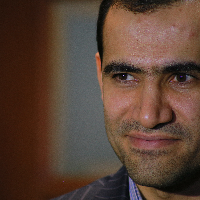Investigating the Method of Structural Adjustment Program and Results of Its Accomplishment in Iran
Structural adjustment is a set of economic principles and policies that have been developed since the 1980s by global financial institutions such as the International Monetary Fund, the World Bank, and the World Trade Organization - known as the Washington Consensus - and their comprehensive implementation in various countries, particularly developing countries - in Asia, Africa and Latin America - were recommended. Structural adjustment is rooted in the philosophical and economic school of neoliberalism, which is based on minimizing the role of the state and expanding market rules and regulations to different dimensions of social life, as much as possible. The model of structural adjustment in the Islamic Republic of Iran in the years after the imposed war was accepted and implemented by the President and senior officials of the Rafsnjani administration, and subsequently followed by the so-called reform, compassion and moderation administrations. In this article, firstly the theoretical foundations of neoliberalism and structural adjustment are examined and then the historical process and its economic, social and cultural consequences in the Islamic Republic of Iran are analyzed.
-
Narratives of Iranian cinema in the evolution of discipline and power in school
Mojtaba Shakoori *, Majid Hoseini
Journal of Political and International Approaches, -
International Non-Governmental Organizations and Tehran’s Path to Becoming a Global City
Arash Beidollahkhani *,
Political Quartely,


